Our last installment of Morbidly Obese Dr. Shekelstein’s Fat Loss Journey was another 5k word monstrosity, this time focusing on the shady world of YouTube health and fitness. Frankly, I could easily dedicate weeks of this site to covering only that garbage. Five thousand words isn’t nearly enough to provide a comprehensive review of the trash, doing that would be something of a full time job. If you enjoy that sort of content, may I introduce you to Fizeek Friday, produced by Our Goys over at Odysee.
And wouldn’t you know it, their last video is critiquing Bromley’s supposed deboonking of High Intensity Training (HIT). It’s deserved, although I can’t say I’m qualified enough to support or countersignal HIT. I myself am doing just about the most standard, basic program there is, albeit reducing the volume down quite a bit from here on out. In fact, I think that starting out with too much volume was the only real mistake that I made when getting back to the gym again. More on this later.
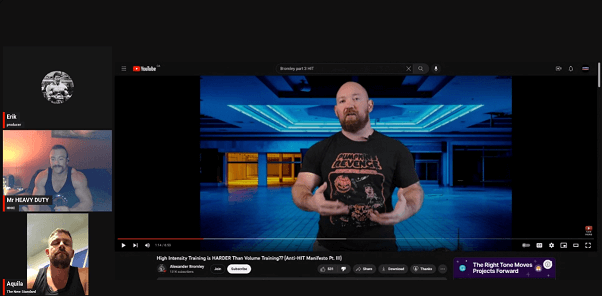
What frustrated me was exactly what appears to have frustrated this guy, Geoffrey Verity Schofield. Clickbaity psuedo-scientific nonsense designed to capture the attention of the audience by scaring impressionable teenagers into thinking that their gainz will be holocausted unless they do One Weird Trick are beyond obnoxious.
For example, did you know that squats, deadlifts, and bench pressing is killing your gainz, bro?
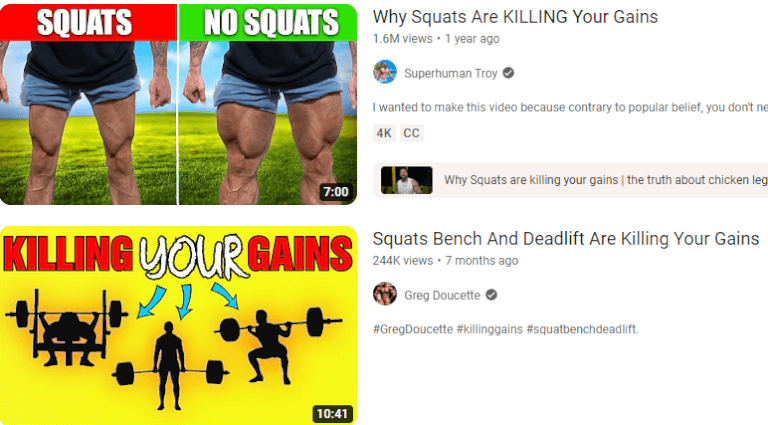
Boy, you’d better click those videos and make absolute sure that your gainz are safe and sound, bro. And while you’re at it, go and watch the six gorillion other videos with almost the exact same title. You need to, bro. Your gainz are a fragile fawn let alone in woods patrolled by Kodiak Grizzlies. They can only be protected by spending a hundred hours watching all these videos which will undoubtedly contradict each other and give you no new information.
Remember that comment from the previous piece?
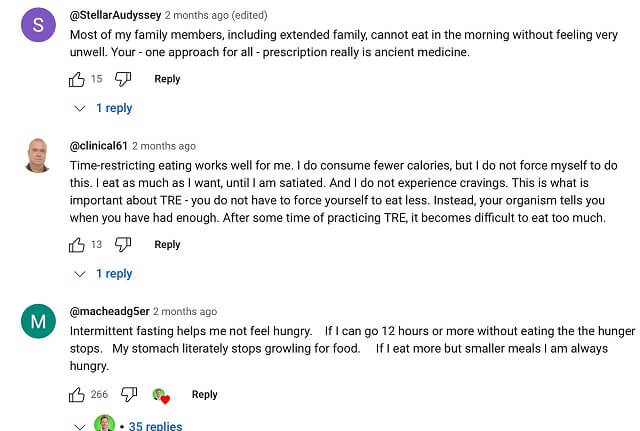
Most of my family members, including extended family, cannot eat in the morning without feeling very unwell. Your – one approach for all – prescription really is ancient medicine.
Diets must be personalized. Workouts must be personalized. One of the main things that a personal trainer should be doing for you is using their broad wealth of experience to figure out what can work for your body, in all aspects, as well as correcting dangerously bad technique. Even that technique part is, in my opinion, probably overrated. Sure, some technique work is undoubtedly a good idea. But ultimately, your body is unique. This is true for almost everything.
Trust me we worked really hard on form. But at a certain point I’m the Bison, I’m not built like a light little Gazelle. You could take Usain Bolt’s [noisy] form, and try to fix it but it might mess him up.
If Olympic champion runners have “bad form,” or at least “not perfect form,” than perhaps perfect form is somewhat overrated. Powerlifting technique is fairly objective as well. Although the proper technique for powerlifting is often just another way of saying “here’s how you cheat at the lift,” which is counter to what we want for muscle growth.
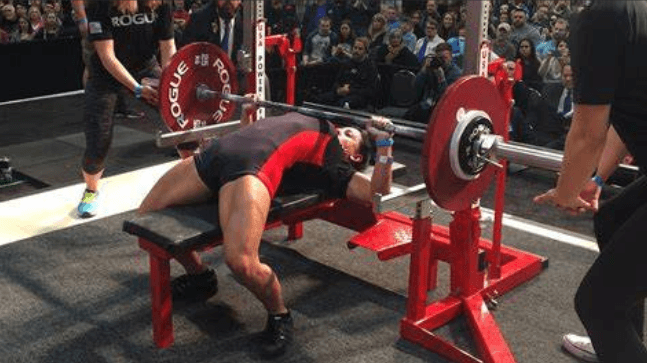
Seriously WTF is this?
Lifting for bodybuilding is far more subjective, where our goal might be trying to shift the work to slightly different areas, like the glutes versus the top of the hamstrings, and work through the full range of motion, which will be slightly different for everyone. If the best runners don’t need to have absolutely picture perfect form to be Olympians, than you probably don’t need absolute perfect form to put on some muscle in the gym as a beginner.
Almost all sports that have one infrequent event that athletes are building up towards reward some kind of taper. Boxing, running, powerlifting. I used to get the benefit of a taper accidentally every hockey offseason. I would kill myself in the gym for about 12 weeks beforehand, do leg endurance workouts aside from that, crushing endurance training on ice or occasionally on a skatemill, and be running constantly. By the time tryouts came around I’d be in fantastic shape, albeit a little bit fatigued.
During the tryout week – it’s usually around a week – I’d be going full out on everything that I was asked to do, but not doing anything on top of that. After all, if you’re trying to make a team, are you really going to kill yourself in the gym, or go for some hard runs the week of the tryout? Of course not. As a result, I would have drastically reduced my workload in a sort of crude taper, and found that my endurance especially actually increased by the end of the week, and for the start of the new season.
Tapering was not discovered by men wearing lab coats. It was figured out by athletes and trainers, who have known this for a very long time. However, due to the obvious benefit, tapers for various sports have been studied, and we’ve got this down to an exact art.
Or do we? Sure, scientists can tell us what works for the most people. But ultimately, that doesn’t mean it will work for you, because you are not the abstract concept that is the average. Here’s kickboxer Gabriel Varga who we saw briefly in the Andrew Tate piece.
So when to stop hard training? This is something that I learned through trial and error what works best for me. I’m going to lay out all the things I’ve tried, but then I’ll let you know my personal preference.
Ultimately, all the studies can really tell us is that you should taper down your workouts roughly around a week before your boxing match. They can also tell you what you should try doing first. But ultimately, you have to actually do it and see for yourself.
The Iconocast video sees them chirp Dr. Mike Israetel and Renaissance Periodization a bit, and ends with them recommending that people start with just one set and go from there. I’ve seen good results in terms of strength from going as hard as I have, but I’ve also been feeling more than a little beat up. It’s hard to isolate exactly what causes what, especially when I’m intentionally losing weight, but I don’t think the volume I was starting with was conducive to the best long term growth, and if I had to start over I would have started with just one single set per exercise and escalated when that stopped making me sore.
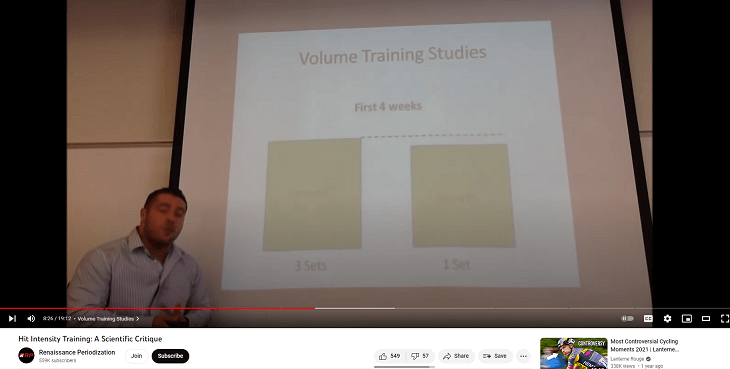
Interestingly, Mike Israetel himself points out that, for new lifters, one set is >90% as good as three sets per body part, and undoubtedly easier on the general fatigue, not to mention lowering the risk of injury. That’s not difficult to believe, since untrained people get cripplingly sore from doing one set not even to failure. Maybe you shouldn’t eat when not hungry. And maybe you shouldn’t do more work in the gym than what makes you already quite sore.
I’ve yet to see any evidence that SCIENCE! has anything 100% objective to say that works for everyone when it comes to bodybuilding, other than the following. Start light, with low volume, and work your way up. Choose all the classical lifts. Hit the whole body. Find out what works for you. Be consistent.
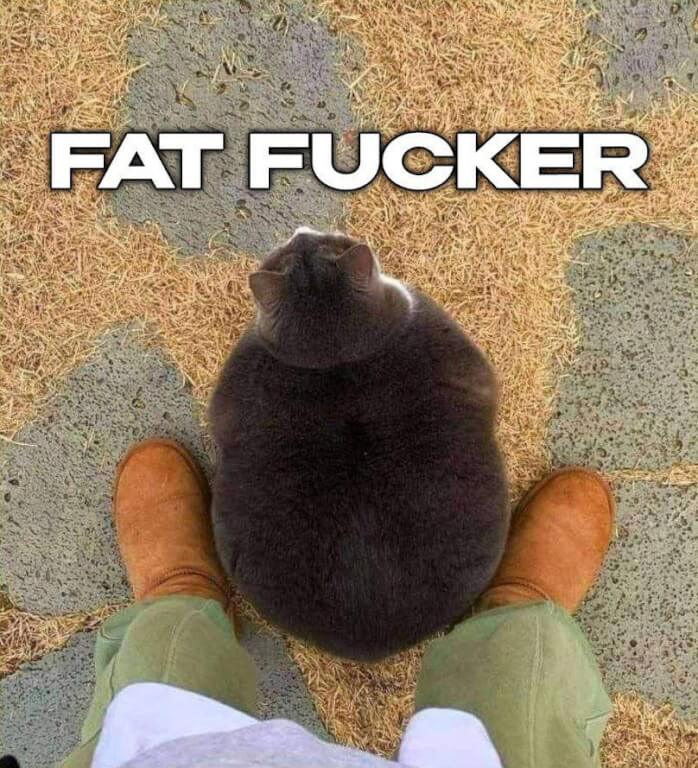
I think this is the last of the personal improvement posts I’ll be making for a while, but it was Sunday and I had to get that off my chest.






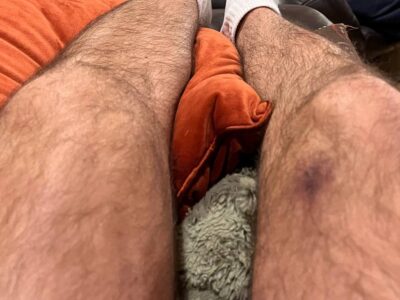




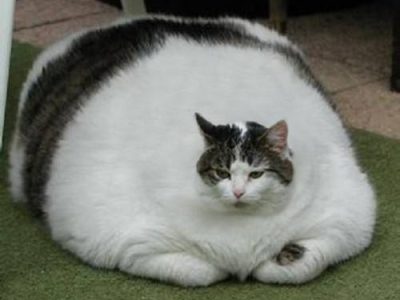

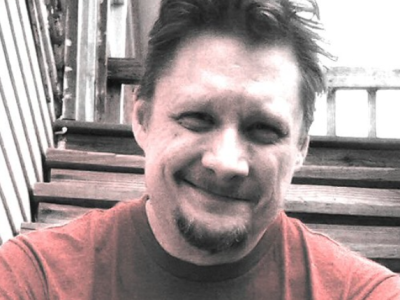


With regards to HIT training and if it works or not I find that the pro and anti people are often just talking past each other and using different nomenclature for similar concepts. For instance, what Dorian Yates would call a “warm up set” is basically just a regular set for most people, do like 80-90% of the weight you would like to use on your final “working set”, go to failure or save a rep or two, do as many warm up sets as you need to be ready for the working set. Now for the final working set it is gonna be a super intense drop set with forced reps and negatives. So actually Yates still ends up doing 3-4 sets in total which is average for all bodybuilders. HIT techniques absolutely work but if you do them on every exercise obviously your CNS and recovery are both gonna take hit, peppering them into your workouts is the way to go imo. Of the 20 or so sets a workout I will usually only do 1 or 2 HIT sets and then maybe a giant set as a finisher if I’m feeling good.
Something I suspected myself. In other words, he got a nice pump in, then did an extreme post-failure set, so his workout overall is quite similar to what most bodybuilders then and now do.
I’ve had good results with mostly following the Starting Strength method, which generally goes with 3 sets of 5 reps for the classic lifts. You warm up with lower weights, until the working set which should be as heavy as you can lift 5 times with good form. With low reps you don’t really get sore, as long as you’re going at least twice a week. I saw very dramatic increases in the weight I could lift in the first few months, but then had problems going to the gym consistently and it tapered off. Still, I’m 2x stronger than when I started, and it cured my lower back pain.
Rippetoe has it figured out and Starting Strength is awesome. You’re right about getting good increases quickly without the soreness that usually happens when lifting.
It’s simple to learn too and since they’re all exercises that work multiple muscle groups you only have a few different workouts to do which keeps things simple and makes you more likely to stick with it in my opinion.
Really, there’s only two things you need to watch:
https://www.youtube.com/watch?v=RD_44xEEDjU
And:
https://www.youtube.com/watch?v=OloLS5kTrVs